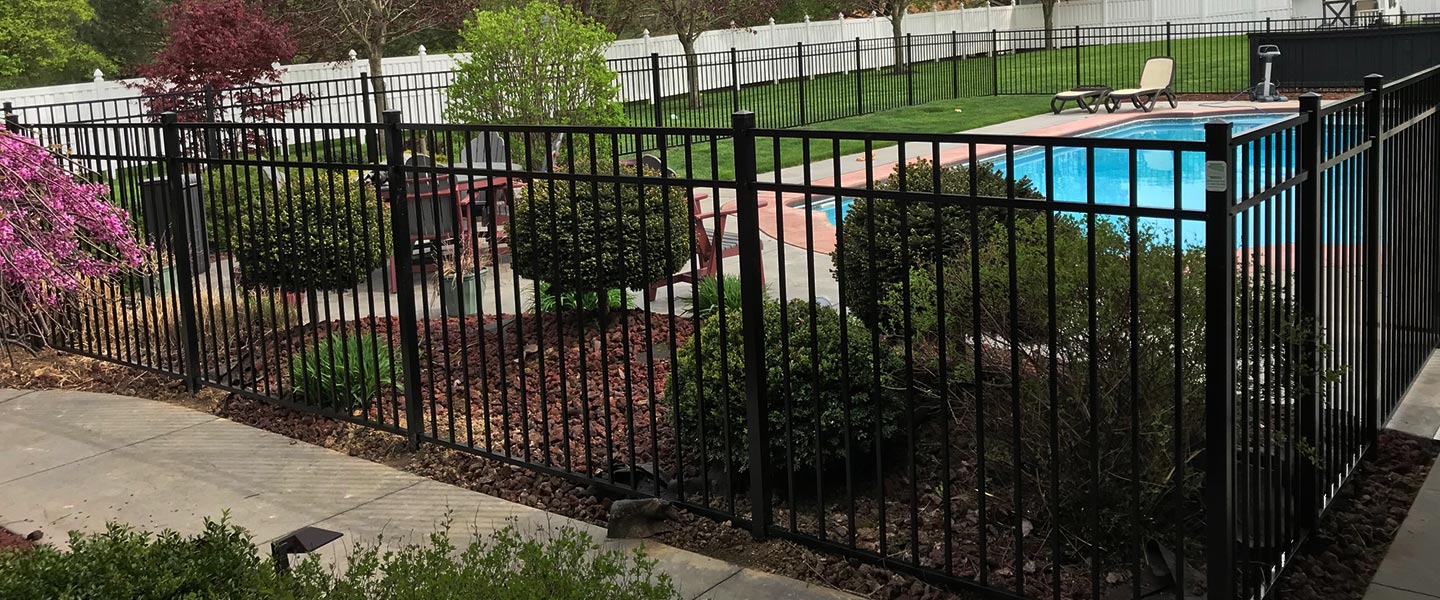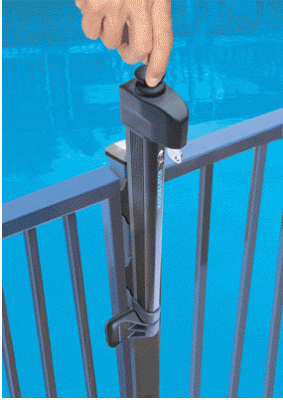-
CART
0
Shopping Cart
Penn Fencing Offers Tips on Poolside Safety
In light of recent poolside deaths reported in the press Chad Galbreath, President of Penn Fencing, Inc, would like to present tips on how to better secure a recreational area with fencing
PRWEB) May, 2016 --May is National Water Safety Month, and thousands of pools around the country will be opening just in time for Memorial Day, the unoffical start of summer.
Chad Galbreath, President of Penn Fencing, Inc, would like to present tips on how to better secure a recreational area with fencing. According to Galbreath, The dangers of drowning are very real. The consumer product safety commission reported 382 pool or spa-related drownings reported per year for 2010 through 2012, involving children younger than 15 years of age. Proper pool fencing is an important component in preventing drowning. The National Drowning Prevention Alliance (NDPA) cites passive barriers or swimming pool fence as the most important safety layer for pools.
Dr. Jonathan Midgett, Engineering Psychologist from the U.S. Consumer Product Safety Commission in an interview in May 2008, discussed how unprotected pools, such as pools with a three-sided fence where the home forms the fourth side of the barrier system allows children to gain access to the water. Sometimes pool protection systems have aged or been neglected: frost heaving opens a gap in gate, wooden fences rot. Dr. Midgett also stated "The more obstacles between your child and the pool, the better! Fences need to isolate the pool from the house, have well-maintained self-closing, self-latching gates and back-up layers of protection, like sensors and alarms."
Local pool fence safety codes will vary. Many local governments adopt uniform codes such as ICC International Code Council formerly (Building Officials and Code Administrators International (BOCA)). The codes are sometimes extensive and difficult to understand or even find. Chad Galbreath recommends contacting an American Fence Association (AFA) certified fence contractor like Penn Fencing because they are qualified to help choose the appropriate pool fence to meet pool safety code, resist weather damage and match the home's architecture. He also offers this easy to understand summary of the more common safety standards for swimming pool fencing:
- According to the ICC, swimming pool fence must be at least 48 inches high; however, some local municipalities require pool fencing heights of 60 inches.
- Maximum space under the pool fence can only be 4 inches measured from the outside of the fence.
- Any opening in the pool fence cannot allow more than a 4 inches diameter sphere.
- Pool gates should open away from the pool and should be self closing and self latching.
- Pool latches should be 54 inches high. This can be accomplished using pool safety latches which are designed with the opening mechanism up away from small children and are key lockable.
- The code points out that the house is often incorporated as part of the pool barrier and therefore doors opening to the pool area should be locked and alarmed. The AFA recommends a fence between the home and the pool, especially for homeowners with young children.
The Consumer Product Safety Commission (CPSC) also recommends underwater pool alarms and that all pool owners should be trained in CPR. Most importantly, never leave your child unattended at the pool. With the right safety precautions, you can enjoy a more relaxing summer by the pool.







